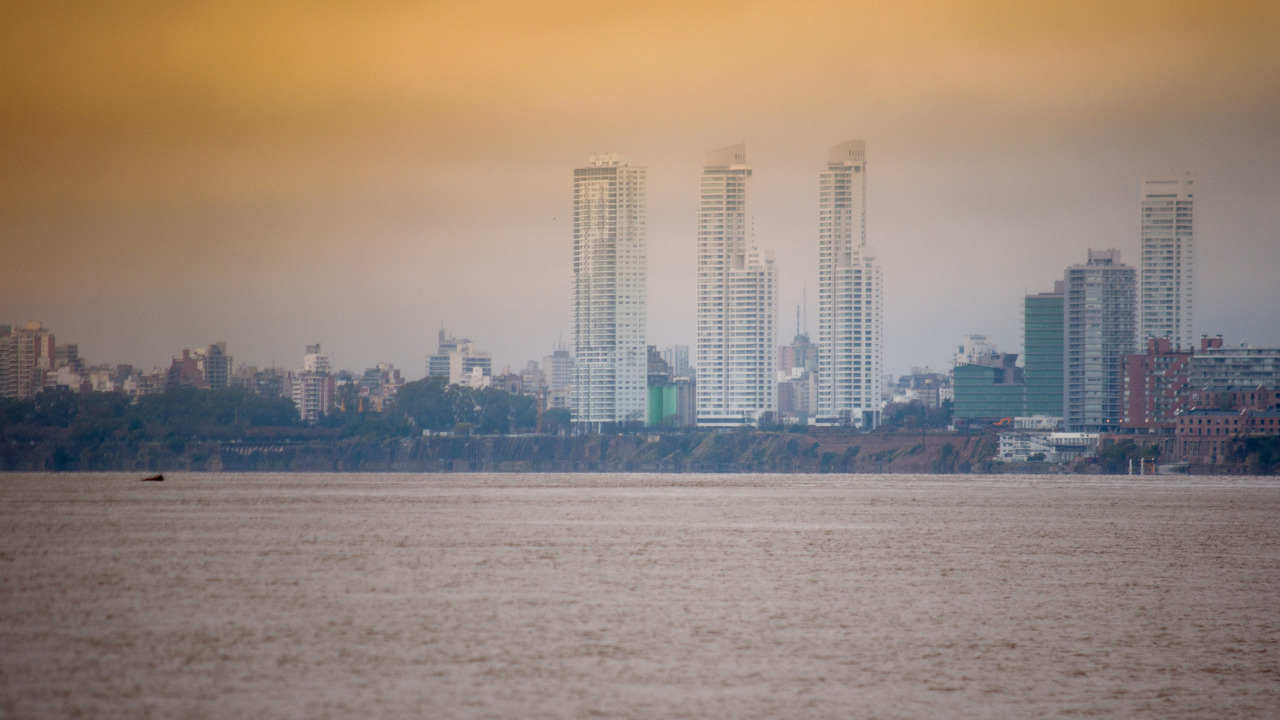Date first published: 21/03/2023
Key sectors: all
Key risks: drug trafficking; targeted killings; arson attacks; extortion; crime-related violence
Risk development
Drug trafficking and associated violence have finally made it to the national public and security agenda. On 7 March President Alberto Fernandez announced the deployment of additional federal security forces – including 300 gendarmerie officials and 100 federal police officers – among other measures to fight against drug trafficking groups operating in Rosario, Santa Fe province. The decision came after escalating drug violence – including targeted homicides, daily shootouts and widespread extortion rackets – hit national and international headlines following the 2 March shotting attack against a supermarket owned by football star Lionel Messi’s in-laws. The assailants shot at least 14 times at the facility and left a threatening hand-written message “Messi, we are waiting for you” at the scene.
Why it matters
Rosario has been facing rampant drug trafficking and associated gang-related violence for years and the recent developments have granted much needed visibility to at least three key issues. First, the lack of a coordinated strategy to tackle organised crime at national level: Fernandez was heavily criticised by the opposition for responding a little too late to the crisis, which has been brewing for at least the past decade. The lack of effective action to tackle drug trafficking is at least partly due to the second relevant factor which has become widely evident: collusion between security forces, public servants, judiciary and penitentiary officials with criminal groups – which have been extending their power beyond Rosario. This leads to the third key issue, the now outspoken concern that other areas – most worryingly the Greater Buenos Aires (GBA) area – might become ‘the next Rosario’. Additional federal security forces were recently ordered to deploy to the GBA.
Background
Argentina has not yet been exposed to the levels of drug trafficking-related violence seen in regional peers, but Rosario has. In 2022 the homicide rate increased from 18.5 to 22 per 100,000 inhabitants – five times the country’s average. 287 homicides were reported in Rosario in 2022 – the highest number on record – 70 per cent of which were linked to the illegal drug trade, particularly to conflicts between gangs amid the fragmentation of Rosario’s long-standing dominant criminal group: Los Monos. As of mid-March, reports indicated that there had been an average of one killing per day so far in 2023.
On 2 March Security Ministry Anibal Fernandez described the situation with a clear and concise statement: “the narcos have won”. He was referring to the situation in Rosario shortly after the attack on Messi’s in-laws restaurant. Although he added that the government was ready to “revert the situation”, acknowledgment of defeat will embolden the opposition ahead of the upcoming 22 October general election, with presidential hopefuls already making statements regarding the news to ‘restore order’ and ‘eradicate fear’ indicating the potential for an iron fist approach should the opposition secure the presidency.
Risk outlook
Rosario’s residents and businesses will remain exposed to a high risk of extortion, direct and/ or collateral crime-related violence including shootouts and arson attacks. The deployment of additional federal security forces and of military engineers to work in “urbanisation projects” in poor and crime-hit neighbourhoods will lead to new dynamics with a potential to lead to increased violence. This will depend on the efficiency to target both the criminal groups increasing their power and those allowing them to do so.

